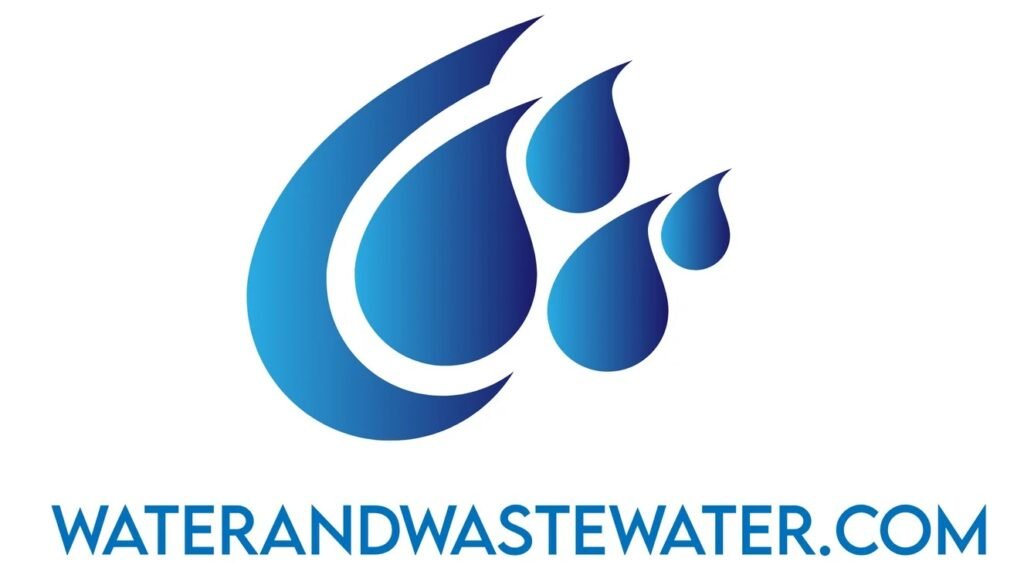Paper Mill PFAS Discharge
Paper Mill PFAS Discharge: Challenges and Solutions in Mitigating Contamination
Introduction
In recent years, the discharge of per- and polyfluoroalkyl substances (PFAS) from various industrial sources has become an alarming environmental concern. Paper mills, often located near water bodies, are significant contributors to this issue. As of July 2025, the increasing evidence linking PFAS to adverse health effects such as cancer, liver damage, and immune system impairment has intensified scrutiny of these manufacturing facilities. This article delves into the implications of PFAS discharge from paper mills, provides a comprehensive overview of regulatory developments, and outlines feasible water treatment solutions that can mitigate this pressing environmental challenge.
Understanding PFAS: Chemical Properties and Sources
What are PFAS?
PFAS, commonly referred to as "forever chemicals," are a class of synthetic compounds characterized by their carbon-fluorine bonds, which are among the strongest known. This chemical structure imparts unique properties, such as resistance to heat, water, and oil, making PFAS valuable in various industrial applications, including manufacturing processes in paper mills.
Sources of PFAS in Paper Mills
In paper production, PFAS are primarily used as co-formulants or additives to provide stain resistance and enhance product durability. While the primary drivers of PFAS contamination are often linked to deliberate use, the unintentional release through byproducts, washwaters, and site runoff poses significant risks to surrounding ecosystems and potable water supplies.
Regulatory Landscape: Navigating Compliance
Evolving Regulations
As of 2025, stricter regulations are being implemented by federal and state agencies to manage PFAS discharges. The U.S. Environmental Protection Agency (EPA) has set lower limits for PFAS in drinking water, and states like California have introduced stringent standards for industrial discharges. Notably, the National Pollutant Discharge Elimination System (NPDES) has begun to incorporate specific PFAS monitoring protocols, compelling paper mills to adopt rigorous sampling and reporting measures.
Key Regulatory Frameworks
-
Clean Water Act (CWA): The CWA governs discharges into navigable waters and has been evolving to address PFAS contamination. Industrial facilities, including paper mills, are now subject to increased scrutiny and required to employ best management practices to minimize discharges.
-
Safe Drinking Water Act (SDWA): New advisories from the EPA are guiding states to establish maximum contaminant levels (MCLs) for PFAS in drinking water, directly impacting the operational protocols of paper mills discharging to surface waters.
- Toxic Substances Control Act (TSCA): Enhanced risk evaluations are being conducted under this act to assess manufacturers’ use of PFAS, creating a ripple effect that affects how paper mills approach their formulations.
Environmental and Health Implications of PFAS Discharge
Ecosystem Impact
Research indicates that PFAS can bioaccumulate in aquatic organisms, leading to broader ecological impacts. Data from environmental studies in 2024 reveal that PFAS concentrations in fish near paper mills can reach levels significantly above safety thresholds, leading to advisories against consumption.
Human Health Effects
Human exposure to PFAS has been linked to various health issues. A 2023 epidemiological study showed notable correlations between PFAS levels and health conditions, necessitating vigilant monitoring from both public health and environmental sectors. Particularly vulnerable populations, such as children and pregnant women, face increased risks from exposure via contaminated water sources.
Advanced Treatment Solutions
Technological Approaches
The treatment of PFAS in wastewater from paper mills requires innovative strategies. Various technologies are being adopted to efficiently remove or destroy PFAS compounds.
-
Activated Carbon Filtration: This well-established method demonstrates effectiveness in adsorbing PFAS from aqueous solutions. Recent pilot studies have shown that tailored activated carbon can significantly reduce PFAS concentrations, although regular replacement is necessary.
-
Ion Exchange Resins: Ion exchange systems can selectively remove PFAS from water through charged resin beds. New advancements in resin formulations are increasing the specificity and capacity for PFAS uptake, enhancing overall treatment efficacy.
-
Advanced Oxidation Processes (AOPs): AOPs, which involve the production of highly reactive hydroxyl radicals, are increasingly being used. Emerging research indicates that this method can mineralize PFAS into less harmful byproducts, offering a promising avenue for treatment.
- Membrane Technologies: Nano-filtration and reverse osmosis have emerged as effective barriers against PFAS. However, the high operational costs can be a major consideration for paper mills looking to implement these systems on a large scale.
Best Management Practices
Besides employing advanced technologies, paper mills must adopt comprehensive waste management practices, including:
- Regular monitoring and audits of wastewater to keep PFAS levels in check.
- Employee training programs on handling and disposing of PFAS-containing substances.
- Developing a focused PFAS reduction plan that aligns with regulatory compliance to minimize discharges proactively.
Case Studies: Success Stories in PFAS Mitigation
Example 1: Mill X Implementation of Ion Exchange Systems
In 2024, Mill X, located in the Midwest, faced scrutiny over its PFAS discharge levels. By upgrading its wastewater treatment to include ion exchange systems, combined with activated carbon filtration, the mill successfully reduced PFAS concentrations by over 95%, attaining compliance with new EPA guidelines.
Example 2: Collaborative Efforts in Mill Y’s Environmental Recovery
Mill Y collaborated with local environmental agencies to implement a comprehensive treatment scheme, incorporating AOPs. This innovative approach not only reduced PFAS discharges but also engaged the community, enhancing public trust and satisfying environmental stakeholders.
Conclusion: A Path Forward
As we advance into 2025, the threat posed by PFAS discharge from paper mills requires a multi-faceted approach that combines regulatory compliance, innovative treatment technologies, and best management practices. The implications of PFAS on human health and the environment cannot be overstated, and it is imperative for the industry to prioritize effective treatment solutions. By adopting these strategies, paper mills can not only comply with evolving regulations but also contribute toward a healthier ecosystem and community.
Continuous dialogue between industry stakeholders, regulatory bodies, and the public will be crucial as we navigate the complexities of PFAS discharge mitigation. As technology and regulation evolve, so too must our strategies, ensuring a sustainable future for paper manufacturing and the ecosystems it impacts.
